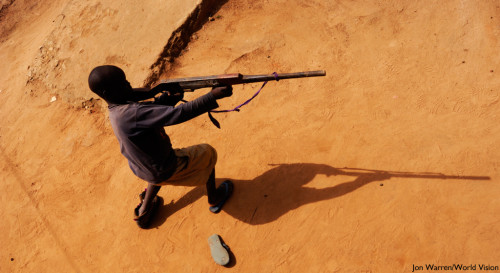Technology in the Fight Against Trafficking: Tracking Criminals and Helping Victims
By Mary Donovan, CLC Contributing Writer
 From mobile phones to big data analytics, technology can help in the fight against human trafficking. Access to a phone can enable a victim to call friends, family, or a hotline for help. Data trends enable us to study the patterns of trafficking and to know where to combat it. On the other hand, technology is definitely part of the problem of trafficking, as traffickers are quickly incorporating technology trends and social media in their recruitment of victims. This is why it is crucial to use technology as part of the solution.
From mobile phones to big data analytics, technology can help in the fight against human trafficking. Access to a phone can enable a victim to call friends, family, or a hotline for help. Data trends enable us to study the patterns of trafficking and to know where to combat it. On the other hand, technology is definitely part of the problem of trafficking, as traffickers are quickly incorporating technology trends and social media in their recruitment of victims. This is why it is crucial to use technology as part of the solution.
While each incident of human trafficking differs in specifics, all have three clear steps, the acquisition step, the transportation step, and the final step of forced labor. Technology can help in each phase.
With access to technology, human trafficking can be avoided in the first place. Technology could directly connect a worker with a safe job, eliminating the need for a middleman, who may exploit the worker. Think of the impact of AirBnB and Uber on the hotel and taxi industries. What if workers could locate honest labor recruiters directly with technology? The supply side of human trafficking would diminish.
The Centro de los Derechos de Migrants launched a website, contratados.com, which allows temporary Mexican workers to share their experiences working in the United States. The website also accepts reviews by text message and telephone. Workers can warn other workers, so labor abuses are not perpetuated and new migrant workers do not unknowingly put themselves in positions to be trafficked.




